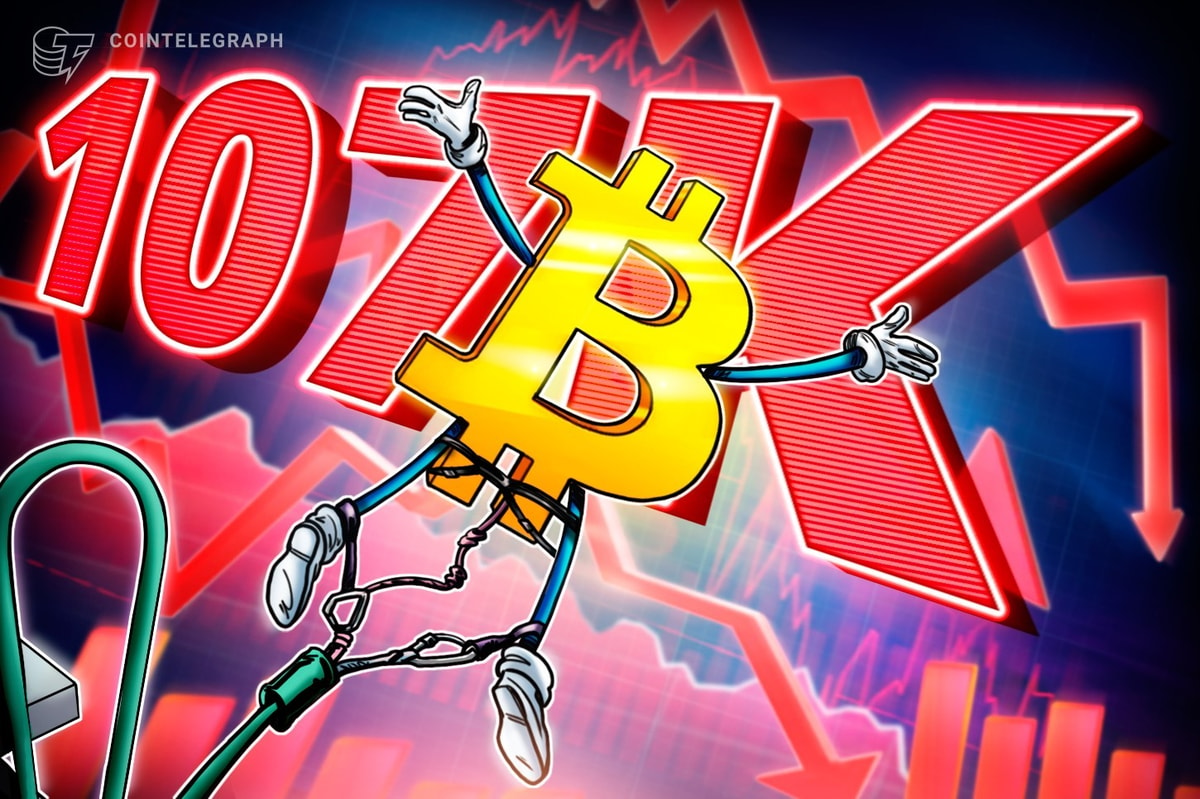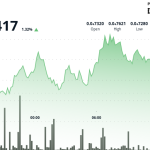BTC Jumps Amid $1B ETF Inflows, Yet Pulls Back Amid Macro Concerns
Key Takeaways
- Despite strong inflows into spot Bitcoin ETFs, Bitcoin experienced a significant pullback, attributed partly to a large dormant wallet transfer.
- Broader macroeconomic factors, including trade war risks and US fiscal deficits, appear to be weighing on overall investor sentiment.
BTC Fades Near $110,500 Amid ETF Flows
Bitcoin (BTC) encountered a strong rejection near the $110,500 level on Thursday, trading down to $107,400 on Friday. This pullback occurred despite reporting approximately $1 billion in net inflows into US spot Bitcoin exchange-traded funds over the preceding two days.
Though BTC had recovered slightly back above $107,400, the 2.8% decline followed an extended consolidation period where it hovered around this level, only about 1.5% below its all-time high.
Dormant Bitcoin Wallet Transfer Fuels Market Unease
Some market participants cited concern over a transfer of over 80,000 BTC from a long-dormant wallet. Onchain analysts speculate this transfer, initiated by an entity believed to own over 200,000 BTC (reputedly holdings dating back to 2011), triggered investor jitters.
However, analysts note that this large movement across numerous addresses typically argues against immediate selling pressure. Concentrating such volume into one move would usually aim for fewer accrements or privacy, increasing the likelihood of an over-the-counter negotiation rather than a spot market sale.
Historical precedent offers perspective: numerous large wallet transfers occur, and while they often introduce FUD (Fear, Uncertainty, and Doubt), they do not necessarily precede long-term bearish trends.
Broader Economic Headwinds Weigh on Investor Confidence
Beyond the blockchain, analysts suggest Bitcoin’s weakness reflects mounting macroeconomic concerns.
Bank of America Global Research strategist Michael Hartnett reportedly cautions investors to reduce exposure if the S&P 500 nears 6,300, citing concerns over economic bubbles.
Growing US gross federal debt (as % of GDP) adds to the fiscal uncertainty narrative. Source: Government data via The Insider
Furthermore, the potential for escalating import tariffs under the US administration adds a layer of economic uncertainty affecting broader risk assets.












